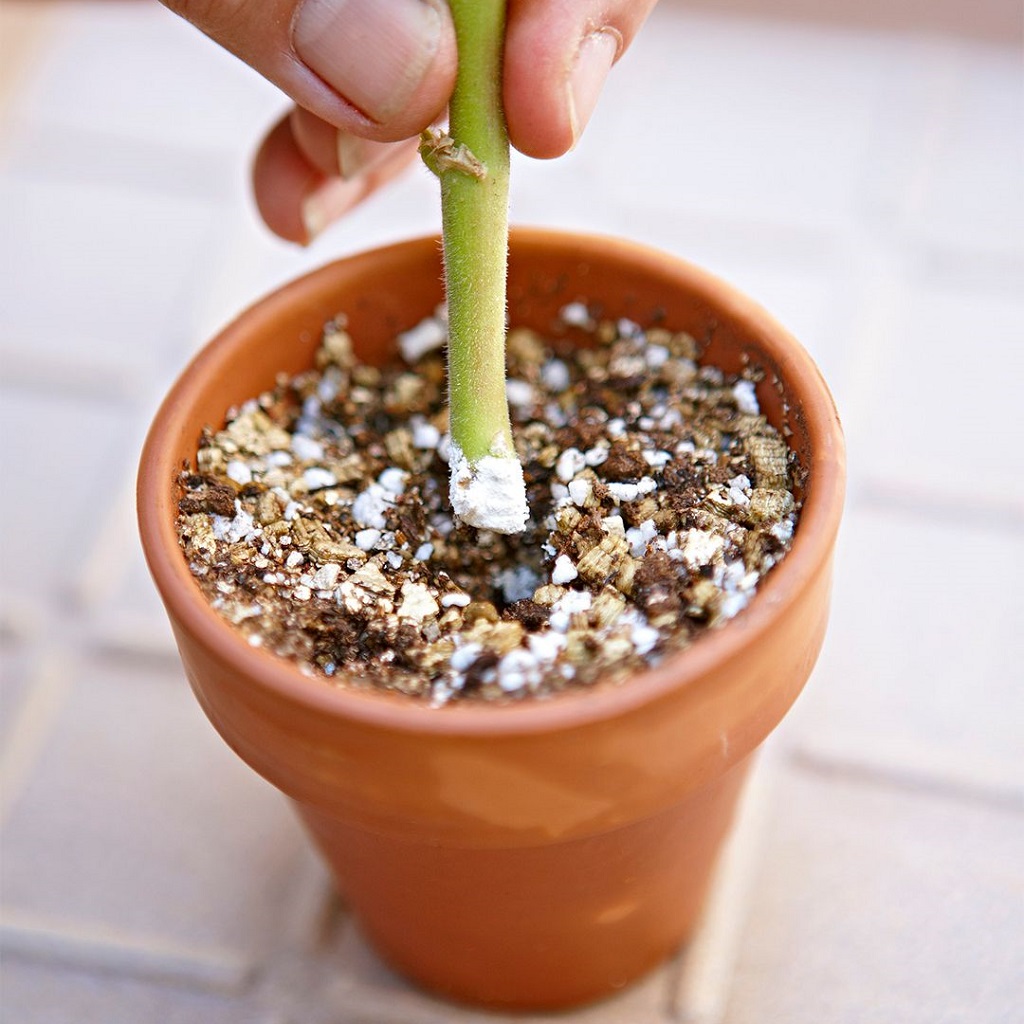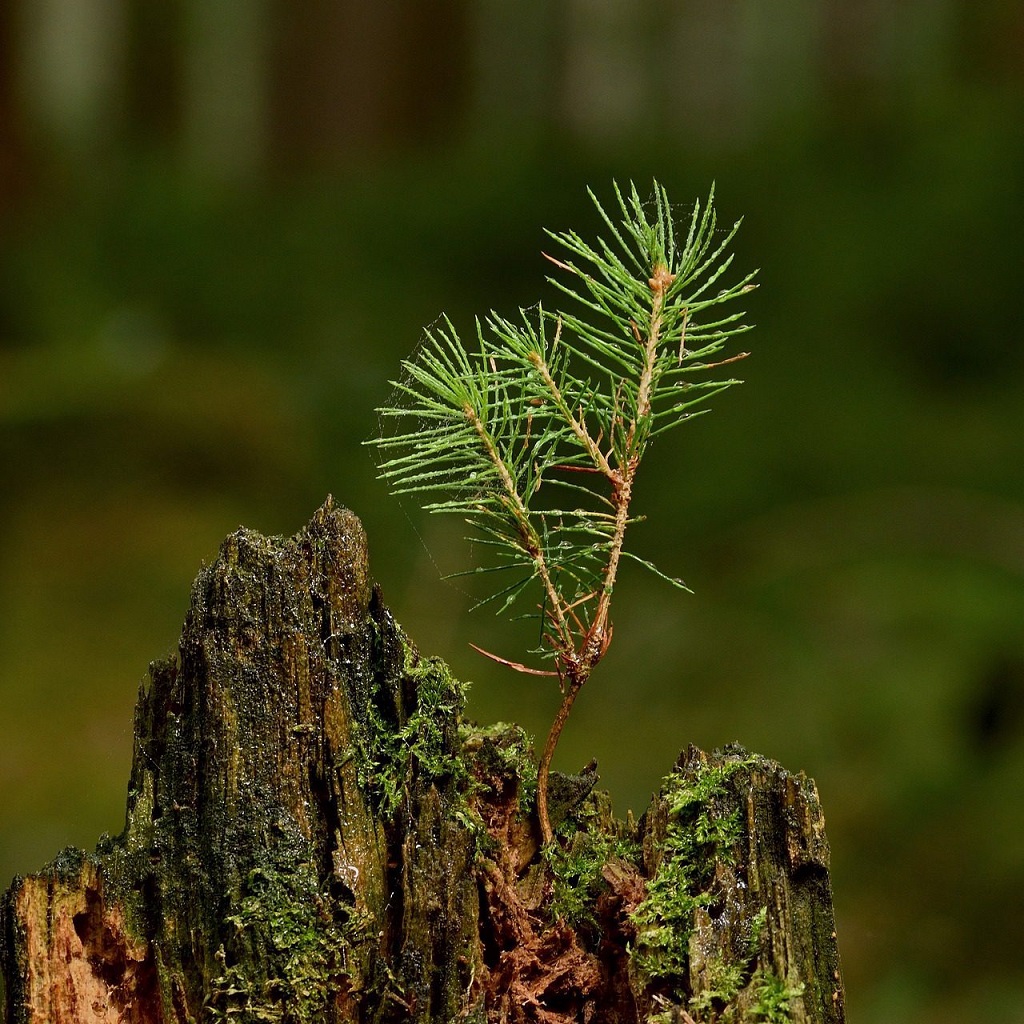Category: Plant Propagation
Plant propagation is the process of creating new plants from existing ones, either through sexual (seed-based) or asexual (vegetative) reproduction methods. Asexual propagation, also known as vegetative propagation, involves using parts of a parent plant (stems, roots, or leaves) to create a new plant.
-

Divide and Conquer: Multiplying Perennials Through Division
Among the simplest and most effective methods of plant propagation for many herbaceous perennials is division. This technique not only gives you new plants for free but also rejuvenates existing clumps, promoting healthier growth and more abundant blooms. Understanding when and how to divide your perennials can keep your garden vibrant and prevent overcrowding. Why…
-

From Stem to Success: Propagating Plants via Cuttings
Plant propagation is a fascinating aspect of gardening, allowing you to multiply your favorite plants for free. While seeds offer one pathway, propagating plants from cuttings is another widely used and often faster method, resulting in new plants that are genetically identical to the parent. This technique, while seemingly magical, relies on understanding a few…
-

Propagating Trees from Seed
Propagating trees from seeds involves several key steps, including seed collection, preparation, and germination. Many tree seeds require special treatments to break dormancy, such as stratification (exposure to cold, moist conditions) or scarification (weakening the seed coat). Additionally, some seeds may need to be soaked or rinsed before planting. Steps for Propagating Trees from Seed:…
-

How to Propagate Succulents
To propagate succulents, you can use both leaves and stems, with leaf propagation being a common and easy method. Here’s a general guide: first, select healthy, mature leaves or stems, then allow them to dry and callous over for a few days to prevent rotting. Next, place the calloused cuttings in well-draining soil, mist them…